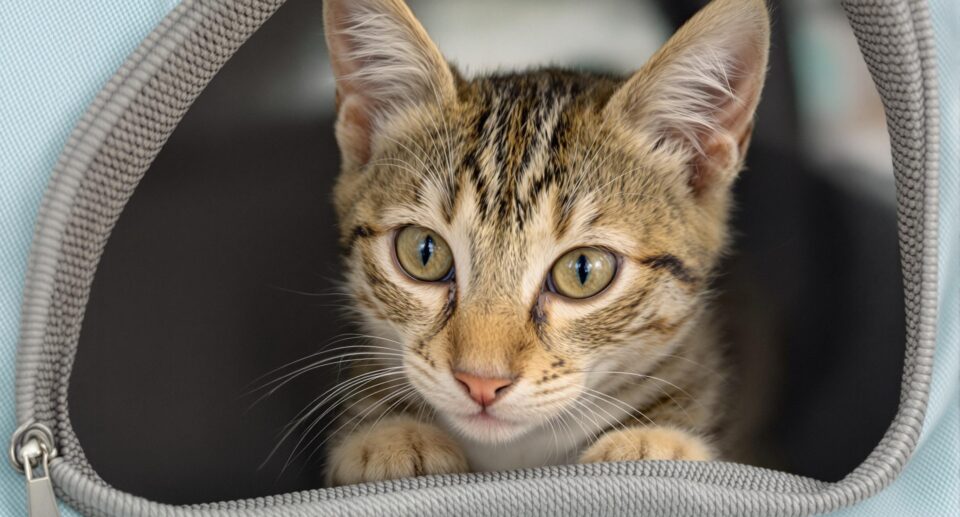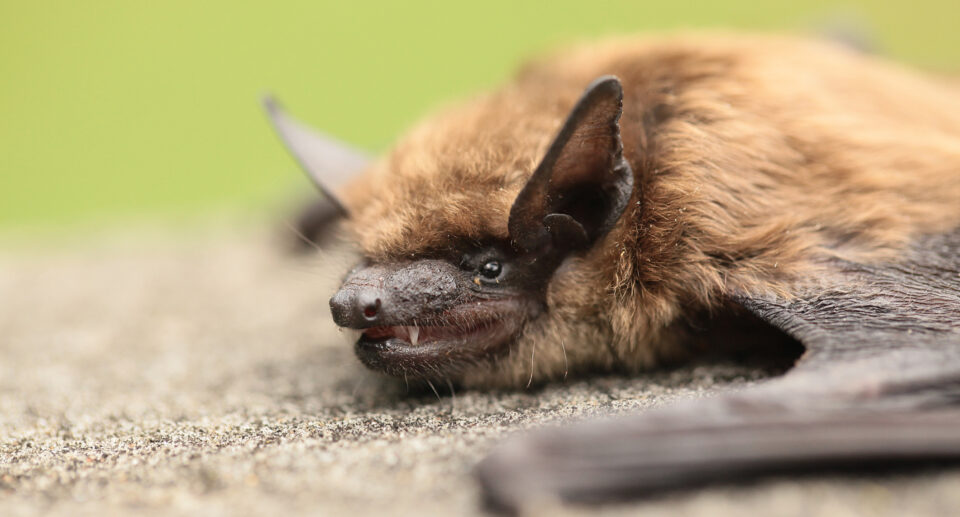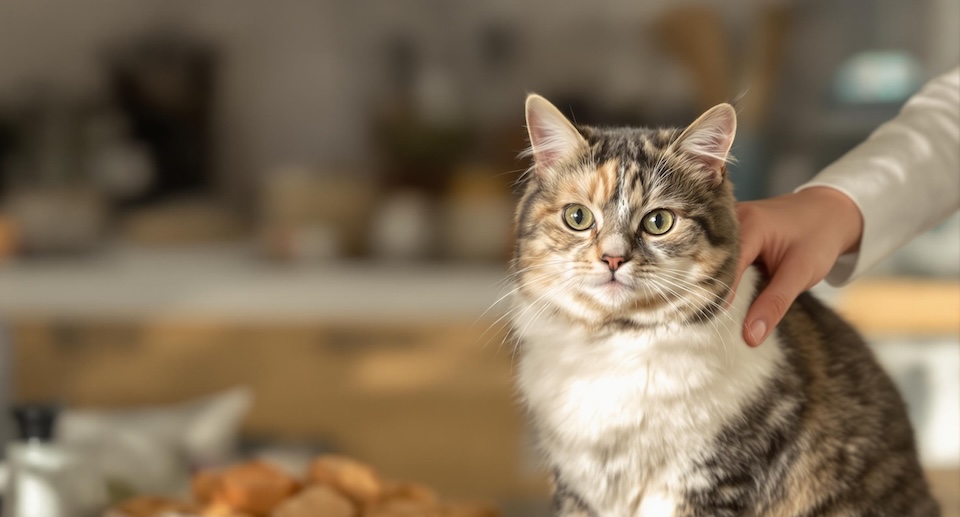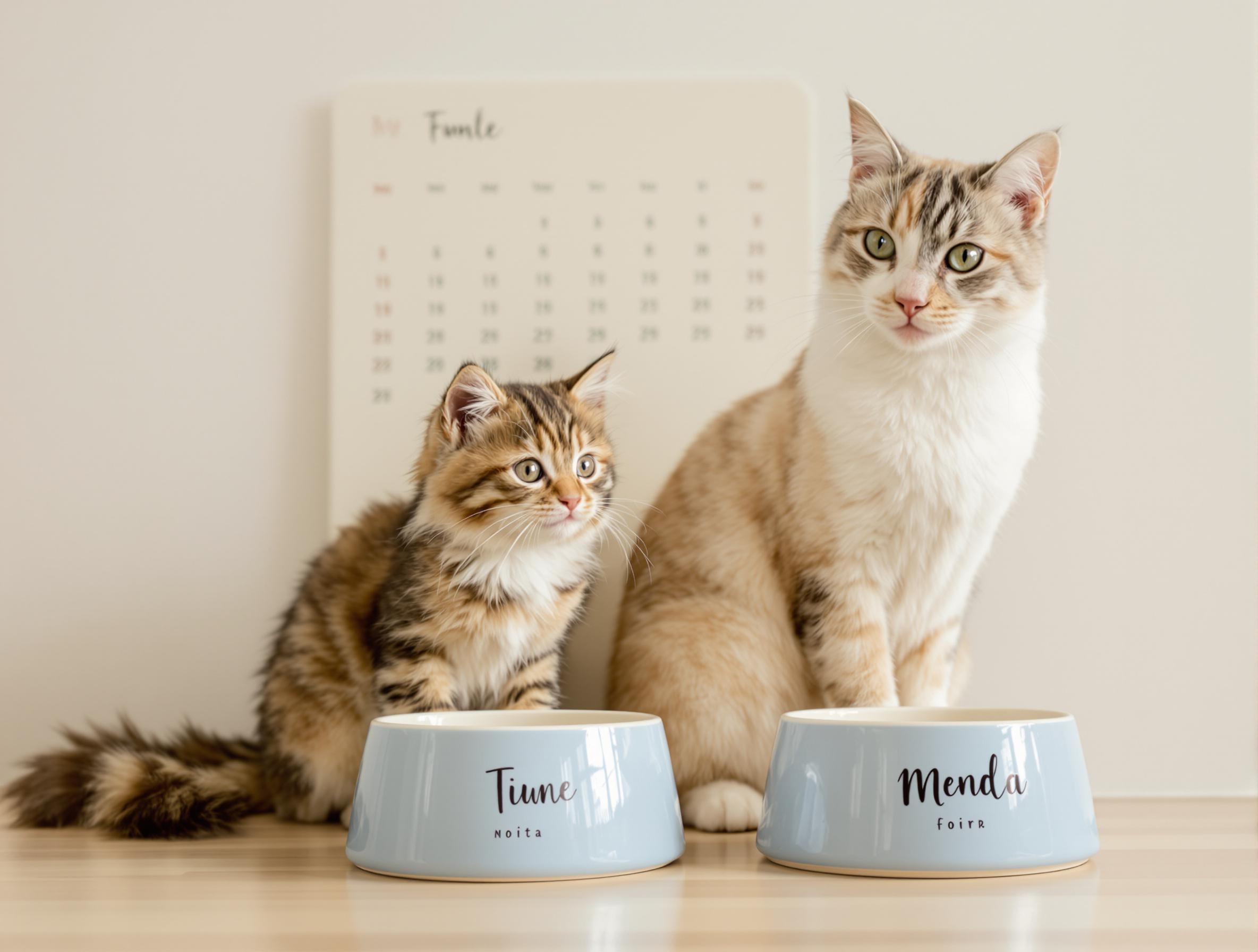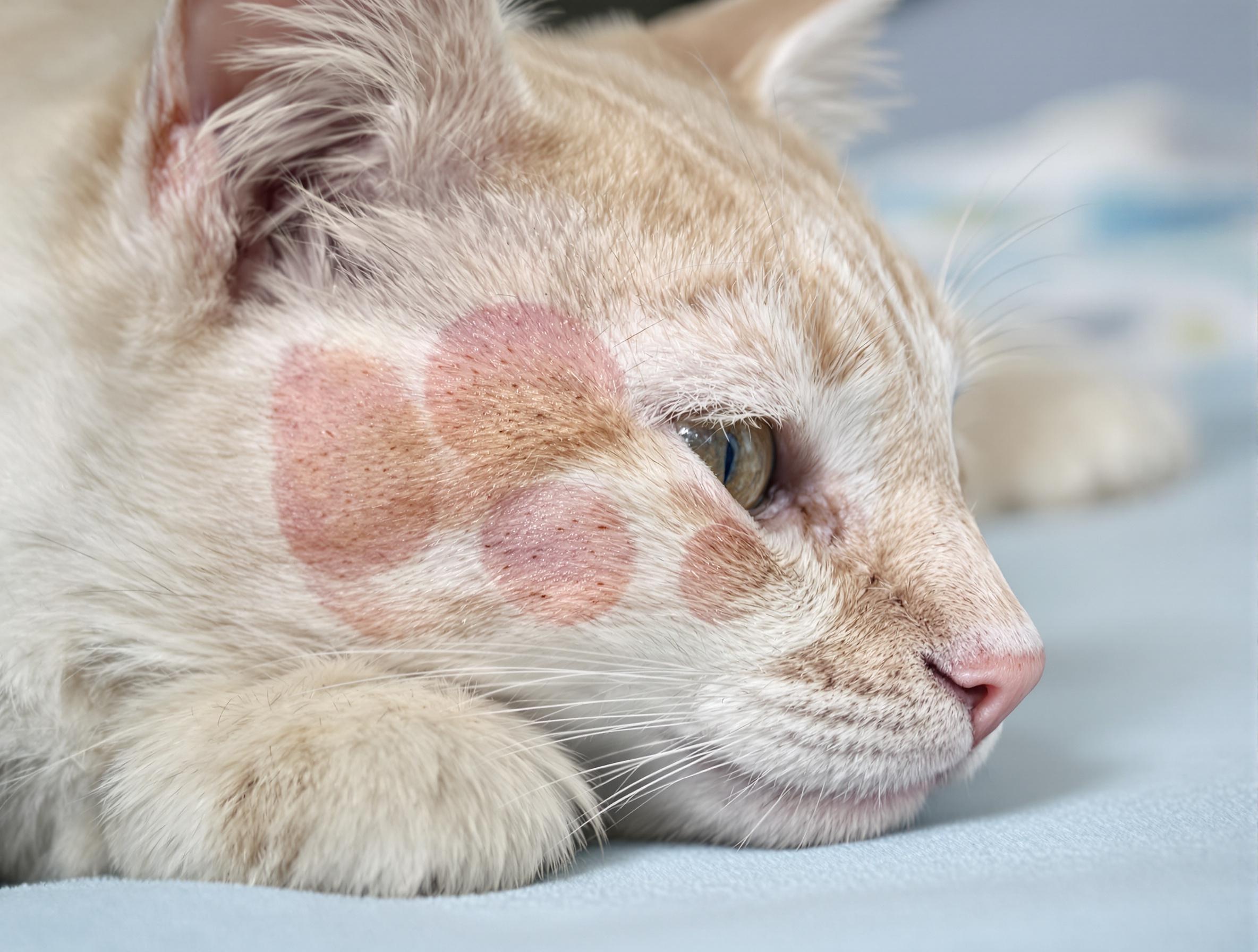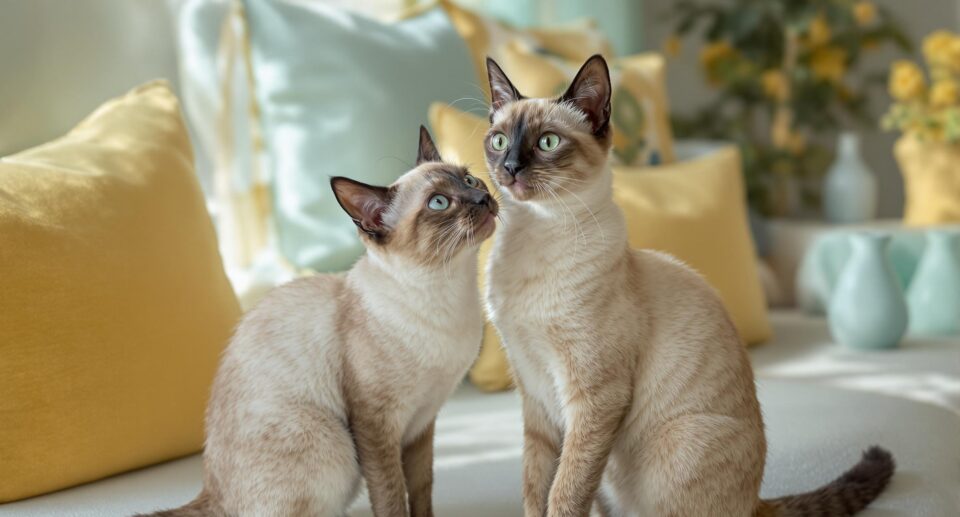
Siamese cats have captivated humans for over 400 years, and it’s easy to see why. Their unique markings, striking blue eyes, and highly intelligent, communicative personalities are just a few reasons why they’re so popular. In appreciation of these fantastic felines, here are our seven favorite facts about Siamese cats:
1. Siamese cats change color.
They’re actually albino, and when they’re born they appear entirely white in color. This is because of temperature-sensitive genes that do not activate until they’re free from their mother’s warm, cozy womb. The colder it is, the darker their fur will grow. It’s possible for their coat to get noticeably darker in the winter, though most of our beloved meezers live in heated homes, so they won’t experience drastic color changes.
2. They always have blue eyes.
Blue eyes are caused by a lack of pigment. Since every Siamese cat has a form of albinism, they do not produce the melanin needed to create other eye colors.
3. Siamese cats cross their eyes to see better.
Like other albino animals and people with albinism, Siamese cats are prone to vision problems. For some, the retinas, or the bundle of nerves at the back of the eye, are off-center, so the cat actually has to cross their eyes to see straight. Cross-eyed Siamese cats have impaired depth perception and may also suffer nystagmus, or involuntary eye movements, which causes blurry vision. Cats with visual impairments can adapt and live a full life even though they cannot see as well as other cats.
4. They’re record breakers.
These cats are already outstanding, but a few have gone down in history. The world’s largest litter, which contained a whopping 19 kittens, was born to a Burmese/Siamese mix named Tarawood Antigone. Katy, a five-year old Siamese living in Russia, became the heaviest domestic cat in the world, weighing in at 50 pounds. And Scooter, once awarded “The World’s Oldest Living Cat by Guinness World Records, made it to 30 years old.
5. Siamese cats come in three variations.
The traditional, also known as the applehead Siamese, is closest to the original, ancient breed. There are Siamese breeders that still specialize in the applehead variation. Applehead Siamese cats are the largest of the variations, with a heavy body, a round head, and thicker, shorter legs. The modern or “wedge head” Siamese has large ears, a narrow chin, and close-set eyes. They have a long, narrow body and slender legs and a long, skinny tail. Between the modern and the traditional Siamese is the classic variation, which became popular in the 60s and 70s, and has moderate features.
6. They’re healthy cats.
Overall, Siamese cats are long-lived breeds with few major health issues. However, they are at increased risk for kidney disease and asthma, and those with the modern, wedge-shaped head are prone to dental issues. With proper care, though, these conditions can be managed and in some cases prevented.
7. Siamese cats have a rich royal history.
Though all cats are royalty (especially queens!) Siamese have the most vivid history of living alongside royal humans as protectors and guardians dating back to the 1600s. In legends, they developed crossed eyes by closely watching over a golden goblet. They were said to have a crooked tail from wrapping it around the goblet stem for extra security. Or, a princess was said to place her rings on her cat’s tail to keep them safe while she bathed, and the cat bent his tail at the end to keep them from slipping off. These days, Siamese cats may not do much temple watching, but they have not strayed from their 400-year legacy as loyal, majestic, fun-loving family members.

